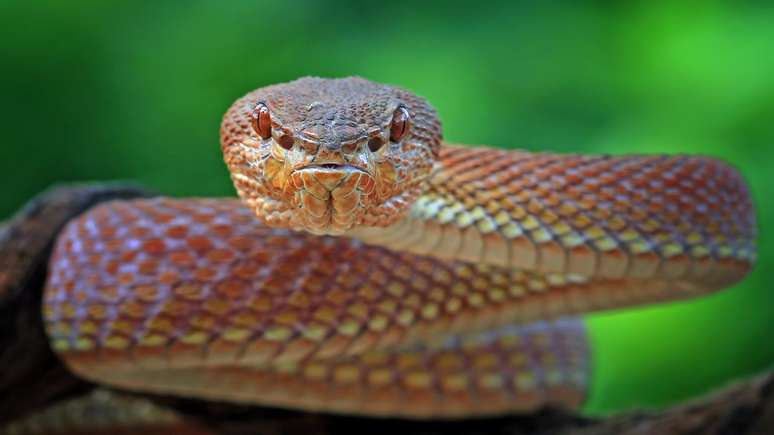The goal is to understand the health risks from global warming
Scientists unlock 13 dormant viruses for 48,000 years in the Arctic, in areas of permanently frozen ground (called permafrost). The purpose of the experiment is to try to understand the global health risks posed by climate changeswhich have already been causing the dissolution of several of these areas since prehistoric times, with the high probability of freeing the so-called zombie virusunknown pathogens.
This is the first time scientists have thawed such ancient viruses. The 13 infectious agents belong to five different classes. They were collected from seven distinct permafrost areas. Some of them, according to scientists, came from the feces of mammoths and the stomachs of Siberian wolves.
In the laboratory, the viruses were placed in a culture of amoebae and proved capable of invading cells and replicating. The experiment, according to the researchers, confirms the ability of these pathogens to “remain infectious after more than 48,500 years spent in deep permafrost”. Scientists guarantee that the experiment is not dangerous because the viruses tested would not be able to infect humans, only amoebas.
“But we believe our findings with viruses that infect amoebas can be extrapolated to many other viruses that can infect humans and animals,” the researchers said in a press release, following the publication of the “Viruses” article. in March. “Therefore, it is likely that ancient permafrost (possibly even older than 50,000 years) will release these unknown viruses after thawing. The risk tends to increase in the context of global warming, as permafrost thaw accelerates and more people they’ll live in the Arctic.”
“Fortunately, it is reasonable to assume that an epidemic caused by a reanimated prehistoric bacterial pathogen could be quickly brought under control with the modern antibiotics at our disposal, even though bacteria with antibiotic-resistant genes appear to be prevalent in permafrost soils.” the authors wrote in the article, directed by the Frenchman Jean-Michel Claverie. “The situation would be much more dire in the case of diseases caused by the resurgence of an ancient unknown virus,” for which there would be no specific cure or vaccine immediately available.
Warming permafrost has already been blamed for infectious disease outbreaks. Melting permafrost in Siberia, for example, has been linked to anthrax outbreaks in reindeer, after unusually hot summers sparked a resurgence of disease-causing bacteria in former animal graveyards.
Another study, released earlier this week, indicates that the Arctic Ocean could be completely ice-free during the summer as early as 2030, ten years earlier than originally predicted. Scientists from South Korea, Canada and Germany used data from observations made between 1979 and 2019 to make the new projections.
The complete disappearance of ice in the summer months “will accelerate warming in the Arctic, which can lead to an increase in extreme weather episodes in mid-latitudes, such as heat waves and forest fires,” said Seung-Ki Min, a researcher at South American universities Korean works by Pohang and Yonsei and co-author of the article published in Nature.
Source: Terra
Ben Stock is a lifestyle journalist and author at Gossipify. He writes about topics such as health, wellness, travel, food and home decor. He provides practical advice and inspiration to improve well-being, keeps readers up to date with latest lifestyle news and trends, known for his engaging writing style, in-depth analysis and unique perspectives.









